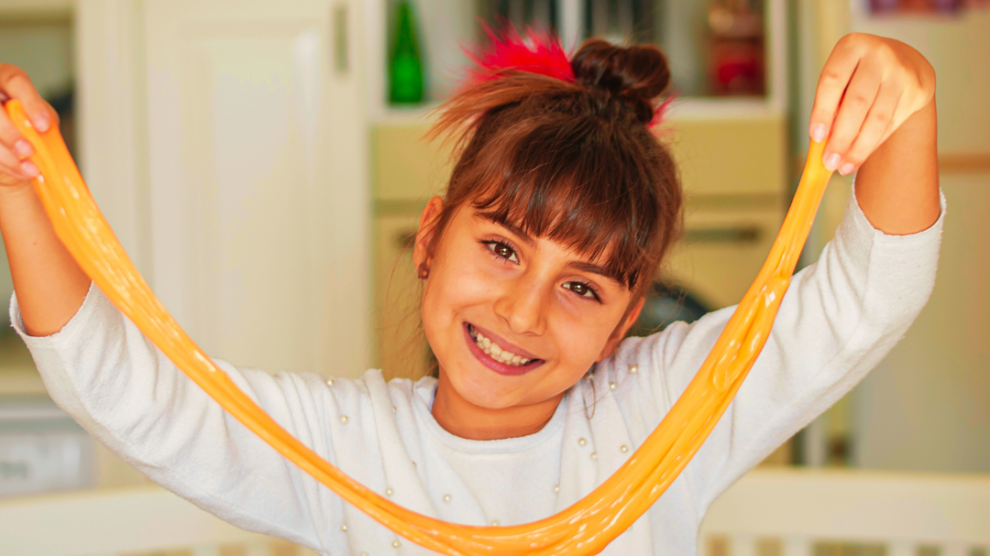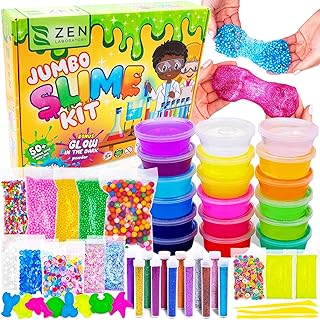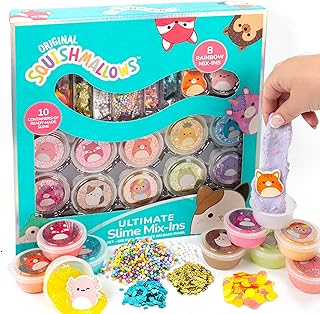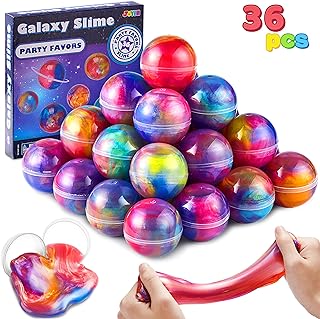Creating Slime Without Glue: A Step-by-Step Guide
Slime has become a sensation among kids and adults alike, offering a gooey, stretchy, and oddly satisfying sensory experience. While the traditional recipe involves glue as a key ingredient, there are alternative methods to concoct this delightful substance without using glue. In this step-by-step guide, we’ll explore how to make slime without glue using common household items.
Ingredients:
- Cornstarch: Also known as cornflour, this will act as the base for your slime.
- Dish Soap: Opt for a clear dish soap to avoid altering the color of your slime.
- Water: To achieve the desired consistency, water is essential.
- Food Coloring (Optional): Add a pop of color to your slime by incorporating food coloring.
- Container: Choose a bowl or container large enough to mix your ingredients comfortably.
- Mixing Utensil: A spoon or spatula will suffice for mixing.
Step 1: Gather Your Ingredients
Before you begin, gather all the necessary ingredients and equipment. Having everything within reach will streamline the slime-making process and ensure a smoother experience.
Step 2: Measure the Cornstarch
Start by measuring out the cornstarch. For a basic batch of slime, you’ll want to use approximately one cup of cornstarch. However, feel free to adjust the quantity based on your desired slime consistency.
Step 3: Add Dish Soap
Next, pour the dish soap into the bowl containing the cornstarch. Begin with a small amount and gradually add more as needed. There’s no precise measurement for this step, as the amount of dish soap required may vary depending on factors such as humidity and the type of dish soap used.
Step 4: Mix Thoroughly
Using your mixing utensil, thoroughly combine the cornstarch and dish soap. Stir the mixture until it reaches a uniform consistency, ensuring that there are no lumps remaining.
Step 5: Add Water
Once the cornstarch and dish soap are well mixed, it’s time to add water. Begin by adding a small amount of water to the mixture, then gradually increase the quantity until you achieve the desired slime texture. Be cautious not to add too much water too quickly, as this can make the slime too runny.
Step 6: Mix Again
After adding water, continue stirring the mixture until the ingredients are fully incorporated. You may notice the slime starting to take shape as you mix.
Step 7: Adjust Consistency (Optional)
If the slime is too thick, add a bit more water and continue mixing until you reach the desired consistency. Conversely, if the slime is too thin, add a small amount of cornstarch and mix until the desired texture is achieved.
Step 8: Add Food Coloring (Optional)
For those who want to add a pop of color to their slime, now is the time to incorporate food coloring. Simply add a few drops of food coloring to the mixture and stir until the color is evenly distributed. Experiment with different colors to create unique slime creations.
Step 9: Knead the Slime
Once you’re satisfied with the consistency and color of your slime, it’s time to knead it with your hands. Using clean hands, gently knead the slime to further mix the ingredients and ensure a smooth texture. Continue kneading until the slime reaches the desired stretchiness and elasticity.
Step 10: Enjoy Your Slime
Congratulations! You’ve successfully made slime without glue. Now it’s time to enjoy the fruits of your labor. Stretch it, squish it, and explore its fascinating properties. Store any leftover slime in an airtight container to keep it fresh for future play.
Conclusion:
Creating slime without glue is a fun and simple activity that can be enjoyed by people of all ages. By using basic household ingredients such as cornstarch and dish soap, you can whip up a batch of slime in no time. Whether you’re looking for a creative way to entertain the kids or simply want to indulge in some nostalgic fun, this DIY slime recipe is sure to delight. So gather your materials, roll up your sleeves, and let the slime-making adventure begin!
FURTHER READING: The Ultimate Guide – Top 10 Questions About Making Slime



























